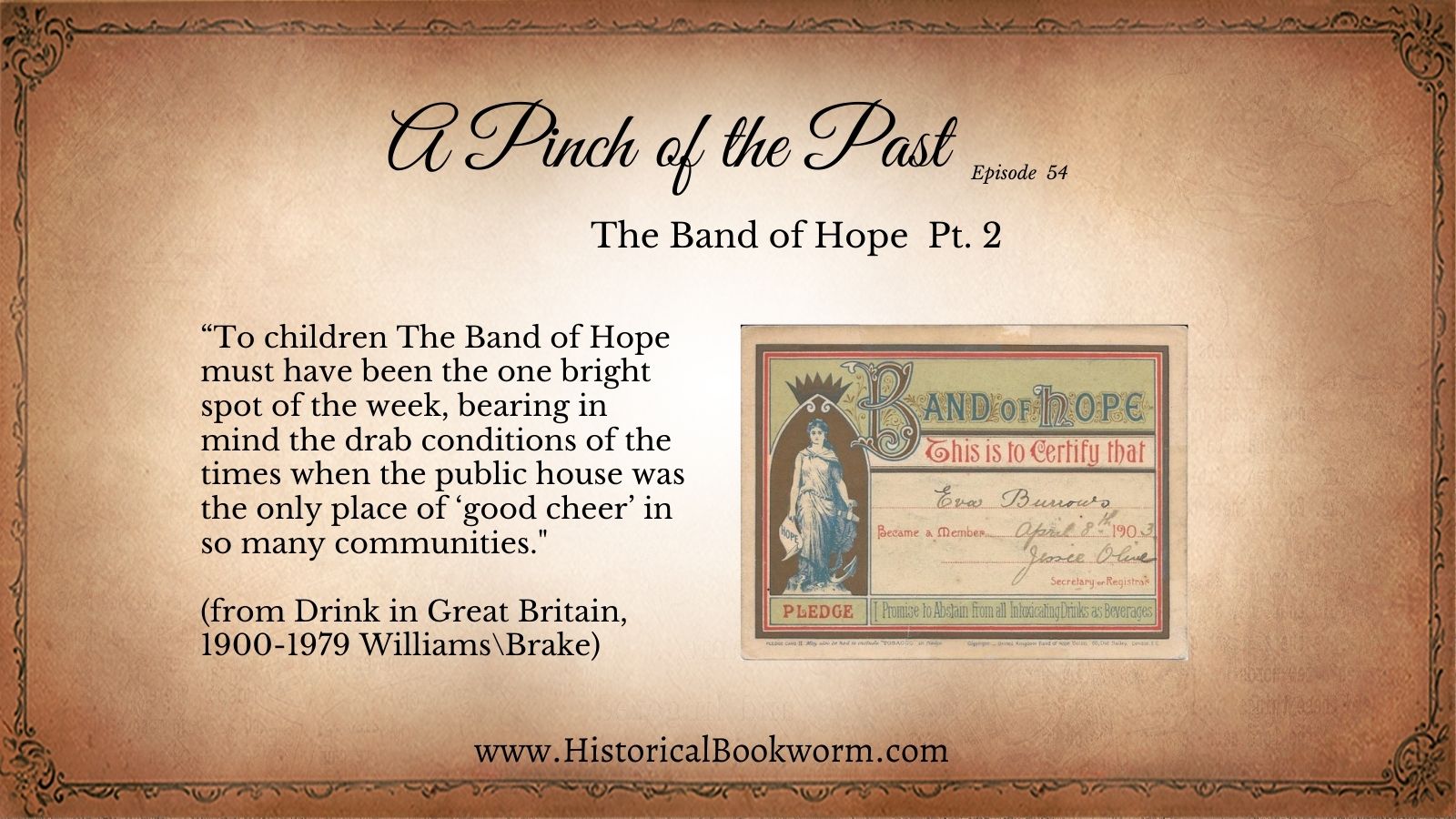You can listen to the audio version of this article on Episode 54: A Bookchat about Wrap Your Troubles in Dreams with Jennifer Lamont Leo & a Review of His Delightful Lady Delia by Grace Hitchcock
Why is this important?

In the end of the 19th century, the National Society for the Prevention of Cruelty to Children produced a report on the maltreatment of children. To exhibit their findings they used an imaginary city of 500,000 people of various classes and occupations. 1/3 were adult and 2/3 were children. They concluded that 50% of the streets were inhabited by drunkards and that 50% of cruelty and crime were directly connected to drink.
At the time alcohol affected every part of the family unit. In 1899 a Medical officer in Liverpool conducted a survey to understand more fully the effect of mother’s drinking during pregnancy. He surveyed women in prisons and found that of 600 children, 335 died before the age of 2 (this included stillborn babies.
To break this down a little, 23.9 % of children born to sober mothers died before the age of two against the 55.2% of children who were born to inebriated mothers.
The Band of Hope grew from its humble beginning in 1847. By 1897 they had 3,238,323 members. They were reaching children whose lives were directly affected by alcohol. According to History of Hope UK (formerly the United Kingdom Band of Hope Union, “Generally, the conditions for children at that time were wretched and alcohol misuse was often implicated – for example in children with irregular school attendance, children becoming street traders, physical harm to children and sometimes death. It was in this environment that the Band of Hope was working.”
Another quote:
“To children The Band of Hope must have been the one bright spot of the week, bearing in mind the drab conditions of the times when the public house was the only place of ‘good cheer’ in so many communities. By any standards with which the success or failure of a movement may be judged, the Band of Hope has to be reckoned as a success, almost in a class of its own. What other youth movement in the United Kingdom has ever had a membership of over 3 million?” (quote from Drink in Great Britain, 1900-1979 Williams\Brake).
Important Acts the Band of Hope helped to bring into effect were:
In 1889 and 1894 the Cruelty to Children Acts established the right of the nation to give children the rights their parents had denied them.
In 1901 the Intoxicating liquors (Sale to Children) Act was passed which prevented the sale of intoxicating liquors to children under 14, except in corked and sealed containers.
In 1909 another Act excluded children from such parts of licensed premises where consumption of liquor was the chief feature. Newspapers reported that this act had had a dramatic effect in almost all public houses and children were no longer to be seen with parents in the bars.
From 1909 onwards the school syllabus included education on alcohol, its problems etc. Originally this included the promotion of ‘temperance’. The misuse of alcohol was thought to relate to the misuse of food. The educational approach today relates it to the misuse of drugs.
Despite the bleak reminders of our fallen world, it’s encouraging to see that the same issues of addiction we see today were experienced and also responded to in the past. When I look at the missionaries, advocates for protecting children, and even temperance leagues throughout history I am deeply encouraged that God did and still does use finite people in small ways to effect infinite change.
You can find a 1901 footage of the Band of Hope here


2 Replies to “Band of Hope Pt. 2”
Comments are closed.